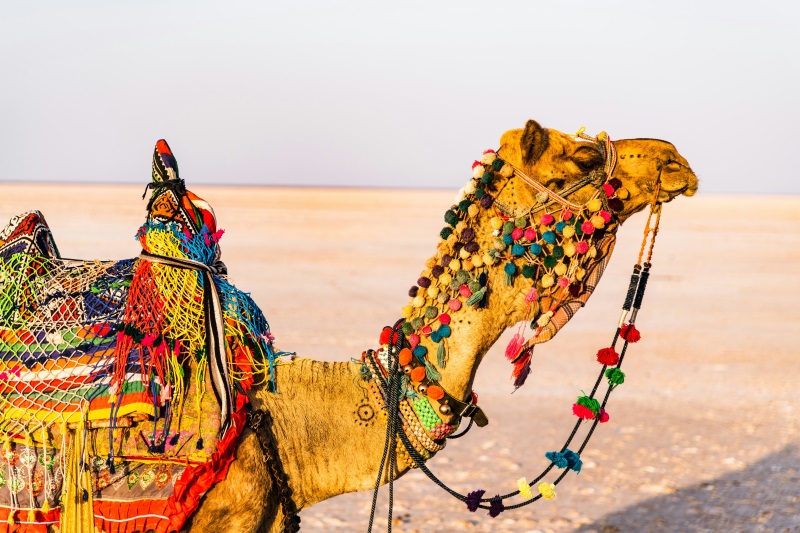
Overview
In the lap of Charnadari hills which extend over a mile and a half-lie the world-famous cave temples of Ellora. The age-old portrayal of the harmonious co-existence of the three different faiths justifies the religious understanding of the kings and people of that period. The caves of Ellora, are a group of rock-cut temples representing the final stage of the cave-temple architecture of Western India. These magnificent rock-cut temples represent three different different Dharmic cultures, namely :
Buddhism
Hinduism
Jainism
This Golden era in our history, as could be seen in the cave temples of Ellora, religious hostility changed into hospitality and reaction into reciprocity. The position of the Ellora range of caves lies at the focal point of the ancient trade routes. The first trade route sprang from Pratishthana (current day Paithan) and ended in Bhrugukachha (Bharuch). On the other hand, lied the trade route through Ajanta-Mahishmati-Ujjain.
Politically, economically and Socially Ellora caves have been an important station. The word Ellora comes from the erstwhile name of the place – Ellapuram. It is said that Ellora is the anglicised version of the above. Ellora has made its way even to Arab and European countries. The accounts of travellers describe the magnificence and richness of the caves.
Excavation (Carvings)
Ellora caves were chiefly patronised by the Chalukya-Rashtrakuta rulers (7th to 10th century). This was the time when the regional art was in full efflorescence. This period was the result of centuries of artistic activities in the cave temples of Western India ( 1st century BC to 10th century AD). This way of art could flourish due to the supportive atmosphere of the Satavahanas, Vakatakas, Chalukyas and Rasthrakutas.
At Ellora, the major significant excavator activities were carried out from the middle of the sixth century to the end of the tenth century. The dates of the caves, surprisingly, representing the three religious faiths are found to be overlapping. A tentative chronology of the caves may be suggested thus: the Buddhist caves, 550-750 A.D., the Hindu Caves, 600-875 A.D., and the Jain Caves 800-1000 A.D.